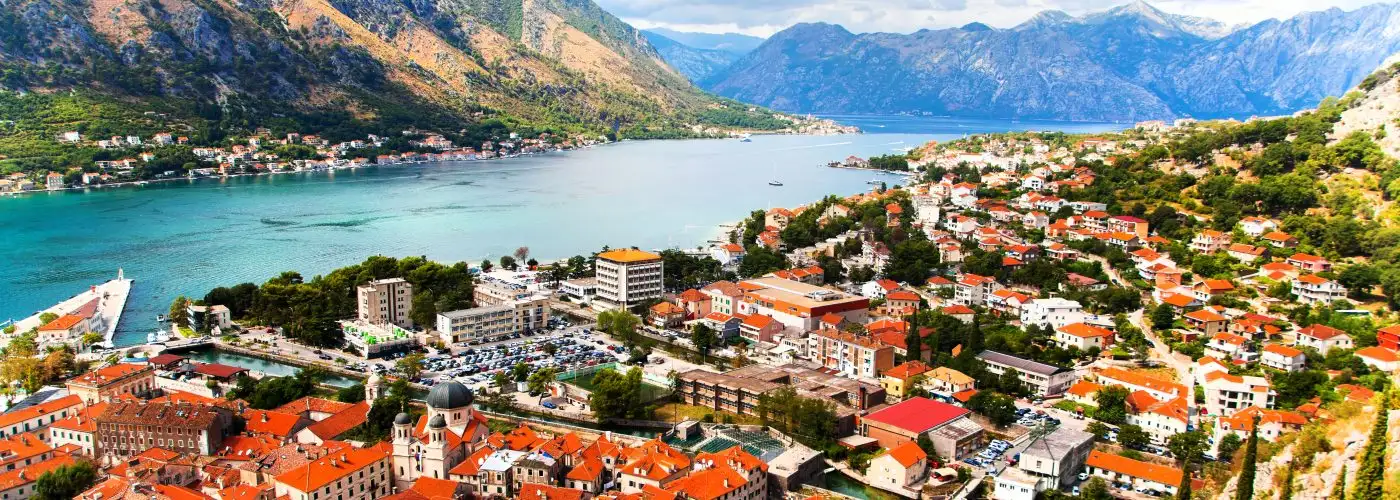There’s no better place to vacation under the radar than in a secret European village. On winding cobblestoned streets you can easily lose yourself in centuries-old charm and fall into step with slower-paced locals. Here are 10 enchanting villages most U.S. travelers haven’t yet stumbled upon.
10 Most Secret Villages in Europe
Image Gallery
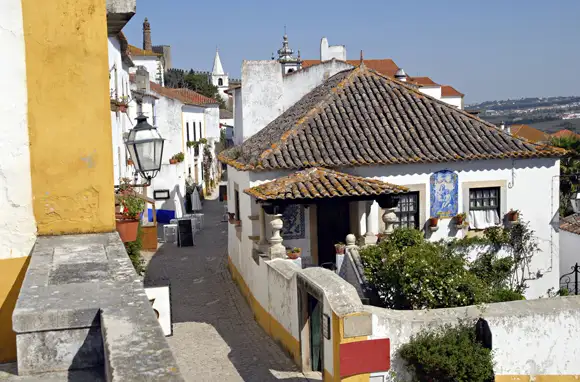
Obidos, Portugal
Taken from the Moors by Portugal's first king in 1148, Obidos is a medieval fortress and walled village that you enter, as in olden times, through the enormous and intricately painted southern gate of the Church of Santa Maria. Honeysuckle flowers spill from window boxes on whitewashed houses along narrow, winding streets. Restaurants, shops, and coffee bars inhabit spaces whose architectural features span centuries.
If You Go: You can sleep in the Obidos Castle, the first pousada to be adapted and restored from a historical monument. Book a guided walking tour or rent a bicycle at the Tourist Office. Highlights include the Parish Church of Santa Maria, the pretty Chapel of Sao Martinho, and, outside the town walls, the Church of the Senhor da Pedra.
Getting There: Obidos is 55 miles north of Lisbon. The drive on the A8 Motorway takes 40 to 50 minutes. You can arrive by bus, train, or airport taxi.

Obidos, Portugal
Taken from the Moors by Portugal's first king in 1148, Obidos is a medieval fortress and walled village that you enter, as in olden times, through the enormous and intricately painted southern gate of the Church of Santa Maria. Honeysuckle flowers spill from window boxes on whitewashed houses along narrow, winding streets. Restaurants, shops, and coffee bars inhabit spaces whose architectural features span centuries.
If You Go: You can sleep in the Obidos Castle, the first pousada to be adapted and restored from a historical monument. Book a guided walking tour or rent a bicycle at the Tourist Office. Highlights include the Parish Church of Santa Maria, the pretty Chapel of Sao Martinho, and, outside the town walls, the Church of the Senhor da Pedra.
Getting There: Obidos is 55 miles north of Lisbon. The drive on the A8 Motorway takes 40 to 50 minutes. You can arrive by bus, train, or airport taxi.
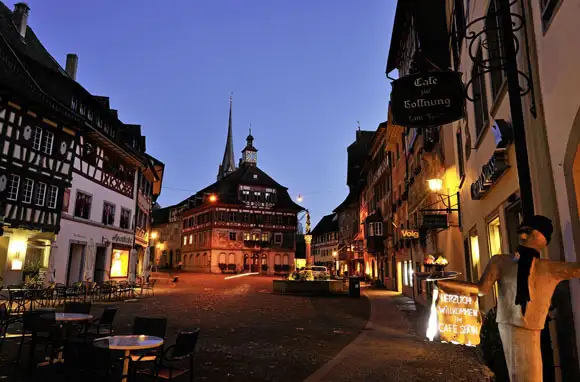
Stein Am Rhein, Switzerland
Historians say this village on the Rhein River tops the list as Switzerland's best-preserved medieval small town. You can wander Stein am Rhein's old town maze of cobbled streets past painted facades, half-timbered houses, the city hall, and the Monastery of St. Georgen that now houses a monastery museum. In summer, pedestrian-only areas flood with visitors who linger under colorful cafe umbrellas and in little shops. Walks up the hillside above town lead to the 13th-century Hohenklingen Castle surrounded by vineyards and woods.
If You Go: Take a guided tour of old town, the monastery, or Hohenklingen Castle, where you can also dine in the knights' hall. The Museum Lindwurm gives you a sense of 19th-century bourgeois and agricultural life. About 13 miles west of town is Europe's largest waterfall: Rhine Falls.
Getting There: Stein am Rhein is 35 miles northeast of Zurich. It's a one-hour train ride on SBB Swiss Railways from Zurich Airport, with one change of trains.
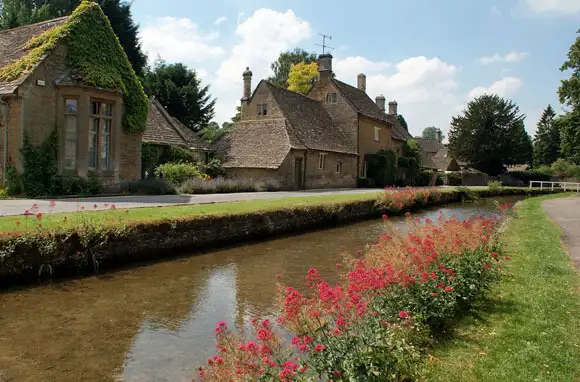
Lower Slaughter, England
About a half-hour drive south of Shakespeare's hometown, Stratford-upon-Avon, is the Cotswold village of Lower Slaughter (Old English for "muddy" or "slough"). Only about 200 residents live here, in traditional 18th- and 19th-century limestone cottages along the River Eye. Very few new properties have been built in the last century, adding to the charm of an English countryside village whose main attraction is an 1800s corn mill and waterwheel.
If You Go: Visit the cafe and museum in the converted mill. For an opulent indulgence, stay at the 17th-century Slaughter Manor House hotel and enjoy its restaurant. Venture a mile upstream to Upper Slaughter's Eyford House, where poet John Milton stayed and was inspired, as the legend goes, to write Paradise Lost.
Getting There: Lower Slaughter is 89 miles west of London, about an hour-and-a-half drive from Heathrow Airport.
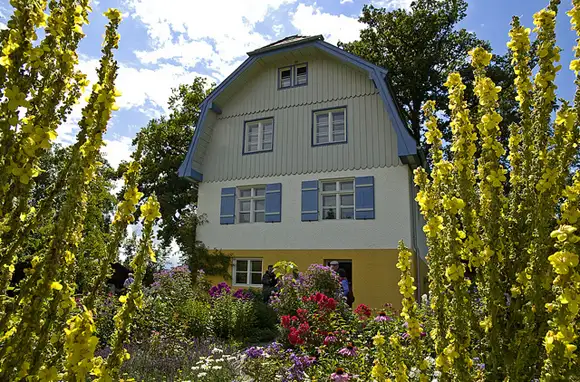
Murnau, Germany
In the Austrian Alps the hills might be alive with the sound of music, but across the border in the Bavarian Alps they're the muse of painters. Murnau's narrow alleyways and stunning views inspired renowned paintings by Wassily Kandinsky and Gabriele Munter, who lived in this picture-book Bavarian village from 1909 to 1914. Murnau, on Lake Staffelsee, is still an artists' town dotted with studios, galleries, cafes, and boutiques.
If You Go: See the Baroque-style St. Nikolaus church and the pedestrian mall's colorful, historical home facades designed by art-nouveau architect Emanuel von Seidl. Tour the Munter-Haus where Kandinsky and Munter lived. The Schlossmuseum highlights these Blue Rider artists and documents local history.
Getting There: Murnau is 43 miles southwest of Munich. The regional train from Munich takes about an hour.
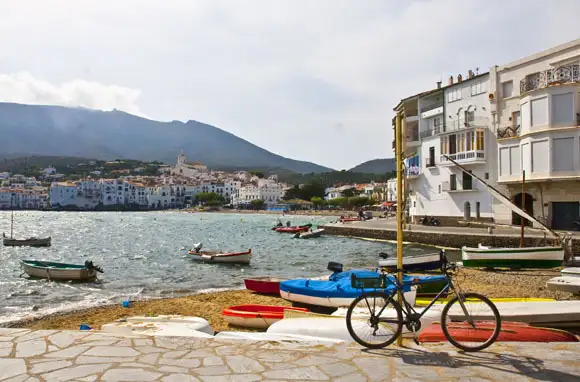
Cadaques, Spain
Where the Pyrenees mountains meet the Mediterranean sits a sleepy little port with a distinctly bohemian-chic beach vibe. To Salvador Dali fans, the rocky Costa Brava landscape will look vaguely familiar as the surrealist backdrop on many of the artist's canvases. Dali spent his childhood summers here and returned years later when he and his wife converted a fisherman's home into their own. Despite the notoriety, Cadaques still feels peaceful, with fishing boats on its beach, a hillside of all-white houses surrounding a 16th-century church, and laid-back jazz-bar haunts.
If You Go: Reserve tickets in advance to see Dali's quirky Portlligat Museum-House at the north edge of town. Cafes and restaurants line the Cadaques waterfront, and Hotel Playa Sol is on a charming stretch of beach.
Getting There: Cadaques is 106 miles north of Barcelona. Girona-Costa Brava is the closest airport (about 46 miles). Trains run regularly from Barcelona and Girona to Figueres. From Figueres you can take a bus to Cadaques.
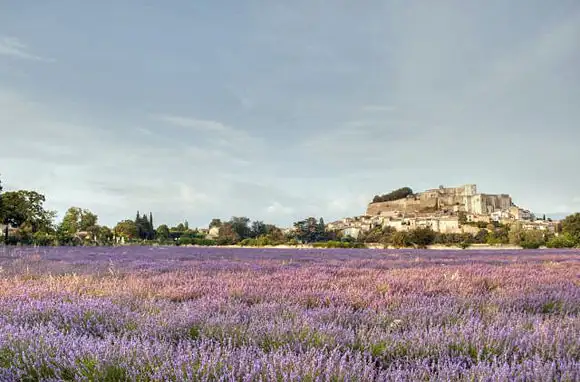
Grignan, France
Waves of fragrant lavender surround this picture-perfect Rhone-Alpes village near Provence. Grignan, which dates back to the 11th century, was made famous by letters Madame de Sevigne wrote to her daughter, who lived here in the 17th century. A marble stone in front of the altar in the collegiate church marks the sealed entrance to Madame de Sevigne's tomb. There's also a fountain and a garden dedicated to her memory. The most impressive Grignan sight, though, is the majestic Renaissance castle, now a museum, sheltered behind high walls at the village's core. The ancient homes around it have been converted to hotels and B&Bs.
If You Go: See the altar, the grave marker, and the beautiful Gothic rose window at Collegiate Church of the Holy Saviour. Inside the Grignan castle, explore the museum or attend a jazz concert. Savor truffles, wines, cheeses, and other regional specialties at Grignan's restaurants and farmers' markets.
Getting There: Grignan is 102 miles north of Marseille and 109 miles south of Lyon, about a two-hour drive either way.
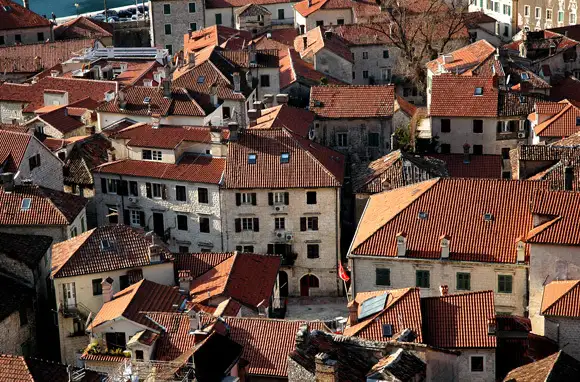
Kotor, Montenegro
Across the Adriatic from the ankle of Italy's boot, the old port town of Kotor sits at the base of Europe's southernmost fjords. Steep mountains drop into the narrow Bay of Kotor. The village tucked between is like a hidden kingdom protected by natural guards. The medieval old town, a UNESCO World Heritage site with four Romanesque churches and twisty, narrow streets, will remind you of Venice because Venetians built most of it.
If You Go: To reach the fortress you can drive or climb up. Old Kotor has many high-end boutiques, as well as restaurants and cafes that serve the local specialty: fish soup. Sailing and swimming in the bay are popular during the long, hot summer. For a splurge, take a luxury Cox & Kings tour of hidden spots in Dubrovnik and Kotor. Get other ideas in the upcoming book, The Hidden Europe.
Getting There: Kotor is approximately 50 miles southeast of Dubrovnik, Croatia. From Dubrovnik the ride by bus or car is about an hour.
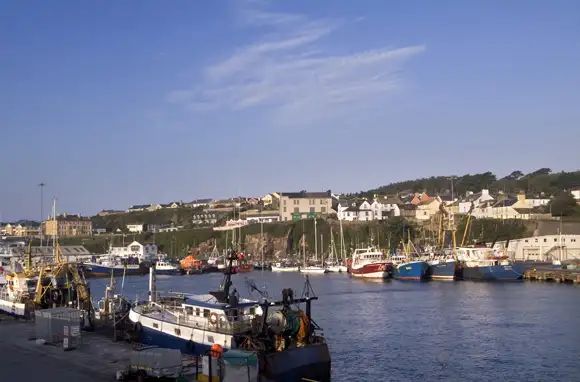
Dunmore East, Ireland
During World War I, the southeastern coast of Ireland faced heavy attacks by U-boats, sending numerous ships to the bottom of the sea. Today these wrecks and the waters that surround Dunmore East teem with fish. Thatched cottages and some of the country's best seafood restaurants can be found in the quaint fishing village known for its sandy, sheltered coves and gorgeous seaside cliffs.
If You Go: Eat a hearty breakfast at The Bay Cafe overlooking the harbor before heading out on a fishing or scuba charter. Swim and snorkel under red sandstone cliffs at the sandy Councillors Strand or at Lawlors Strand in the village. You can also join Dunmore Walks for a guided hike along cliff-top, historical, or wildlife routes. Strand Inn and Azzurro at the Ship serve the catch of the day.
Getting There: Dunmore East is approximately 112 miles south of Dublin. It's just over a two-hour drive from Dublin Airport and 25 minutes from Waterford City.
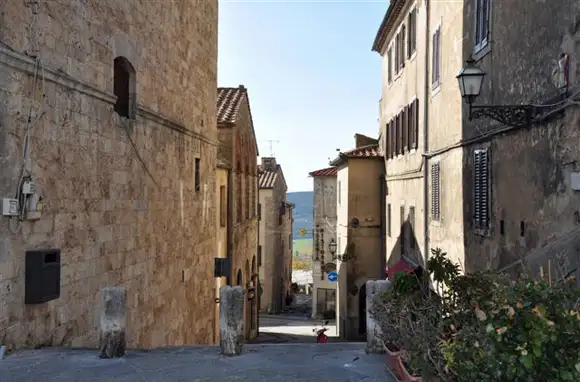
Massa Marittima, Italy
This hamlet high above the countryside's rolling hills has everything you'd expect from a mountain village in Tuscany: well-preserved medieval architecture, a central piazza, cute shops, and small restaurants where extended families gather for big meals. Massa Marittima's cathedral of St. Cerbone and the Palazzo del Podesta's archaeological museum are must-sees, but the tunnels beneath the historical town center are also impressive. At the Mining Museum (Museo della Miniera), you can explore areas where miners dug out travertine stone to build the village in the Middle Ages. Other travertine passageways that tap into natural springs are adorned with frescos in the Medieval Water Collection Gallery (Fonti dell'Abbondanza).
If You Go: Take a Monteregio Wine Trail tour starting from the palazzo that was once the government mint. Excursion company Tour of Italy, a father-and-son team, runs Tuscany tours and genealogy tours that put you in touch with long-lost relatives.
Getting There: Massa Marittima is 75 miles, or about a two-hour drive, southwest of Florence. On the coast 12 miles away, Follonica is the nearest train station to Massa Marittima.
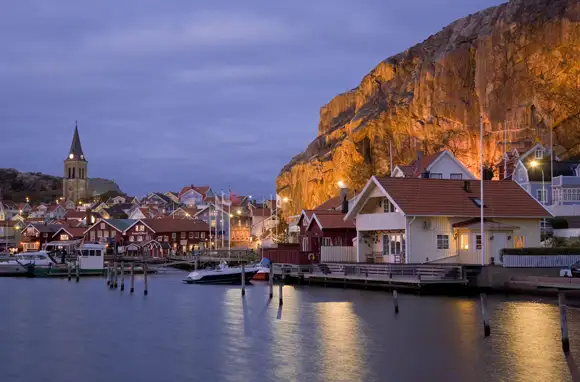
Fjallbacka, Sweden
This little-known fishing village of 1,000 residents on Sweden's west coast is the perfect setting for a crime novel. It's remote. It's beautiful. And everyone knows each other. Before Stieg Larsson's The Girl with the Dragon Tattoo debuted, Swedish crime writer Camilla Lackberg had already published two bestsellers set in her childhood hometown, Fjallbacka, that are now being made into feature films and a TV series called The Fjallbacka Murders. Reason enough to pick up a translated page-turner to read from a cafe table overlooking the harbor?
If You Go: For views of the many tiny islands offshore, climb the steps up from Ingrid Bergman Square to the top of the massive Vetteberget stone cliff. In the archipelago the Koster Islands and the Weather Islands are good places for sea kayaking, relaxing in a sauna by the ocean, and eating fresh seafood. Sunvil Discovery runs an Archipelago and Culinary Tour.
Getting There: Fjallbacka is 79 miles, or an hour-and-a-half drive, north of Gothenburg. Without a car, the best way to get there is by train to Uddevalla, 35 miles away.
More from Smartertravel:
Editor’s note: This story was originally published in 2012. It has been updated to reflect the most current information.
We hand-pick everything we recommend and select items through testing and reviews. Some products are sent to us free of charge with no incentive to offer a favorable review. We offer our unbiased opinions and do not accept compensation to review products. All items are in stock and prices are accurate at the time of publication. If you buy something through our links, we may earn a commission.
Related
Top Fares From Columbus, OH
Today's Top Travel Deals
Brought to you by ShermansTravel
Shop and Save with Country Inns...
Patricia Magaña
 Hotel & Lodging Deals
Hotel & Lodging Deals
$229 -- Chicago: Discounted Rates and...
Francesca Miele
 Hotel & Lodging Deals
$229+
Hotel & Lodging Deals
$229+
$188 -- Honolulu: Save on Oceanview...
Abigail Lamay
 Hotel & Lodging Deals
$188+
Hotel & Lodging Deals
$188+
